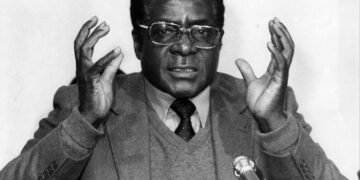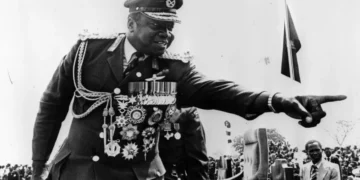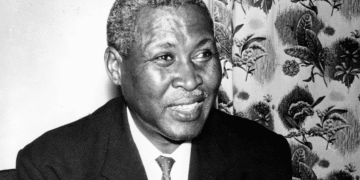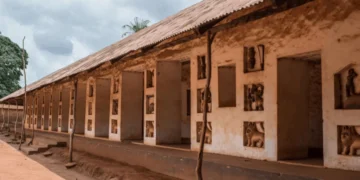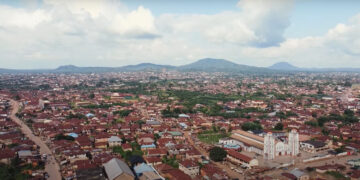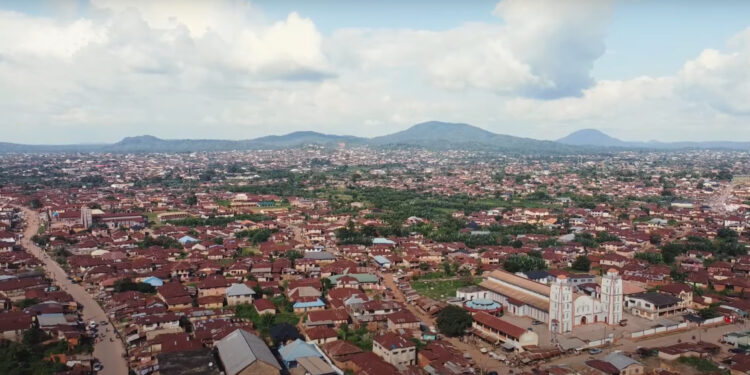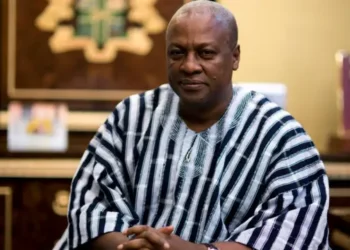The city of Ifẹ̀, also known as Ile-Ife, is located in Osun State in southwestern Nigeria and holds an unparalleled place in African history and culture. For many Yoruba people, both in Nigeria and in the diaspora, Ifẹ̀ is a sacred cosmic center, believed to be the “point of creation” from which human existence and the world itself began. The significance of Ifẹ̀ transcends its local geography; it represents the oldest and most important urban center in Yoruba political and religious history and the cradle of an exceptionally sophisticated artistic tradition.
Ifẹ̀’s place in the Yoruba foundation mythology is one of the richest in West Africa. From a historical perspective, the myths surrounding the founding of Ifẹ̀ indicate that it was the center from which the political and social structures that formed Yoruba civilization branched out, or perhaps coalesced, and that it was probably the first city-state to develop into an organized monarchy.
The most prominent element that has earned Ifẹ̀ its international fame is its art, specifically its exquisite bronze and copper statues and terracotta heads. These artworks, believed to date back to between the 12th and 15th centuries AD, represent a turning point in the history of African art.
Before the discovery of Ifẹ̀ art, the prevailing view in Europe was that African sculpture was primitive. However, the Ifẹ̀ heads, first discovered in 1938, displayed an unexpected level of skill, realism, and complexity. These sculptures were characterized by anatomical realism, as the heads have precise proportions and prominent personal features, suggesting that they may have been portraits of royalty or nobles. The bronze and copper statues were cast using the “lost wax” (cire perdue) technique, a complex casting process that required extreme skill in metalworking, demonstrating the presence of sophisticated craftsmen at Ifẹ̀. Also, some sculptures reflect calm and dignified expressions, while others display traces of tattoos and elaborate royal adornments.
These sculptures are believed to have been used in royal funeral rituals or as symbolic images honoring royal ancestors, underscoring the role of art in serving power and religion. The relationship between Ifẹ̀ art and the later art of the Benin Kingdom (particularly the art of Benin bronze casting) remains a subject of research, but evidence suggests that elaborate casting techniques may have been transmitted from Ife to Benin, either through migration or cultural borrowing.

Archaeological and oral evidence indicates that Ifẹ̀ was a powerful and highly organized city-state at its peak. The Ooni of Ifẹ̀’s authority was two-fold:
- Spiritual and cosmic: The Ooni was considered the spiritual heir to Oòdua (popularly called Oduduwa) and was therefore responsible for maintaining the cosmic and spiritual balance of the kingdom. His annual rituals and ceremonies were of paramount importance.
- Political and administrative: The Ooni managed the day-to-day affairs of the city and its surrounding areas with the assistance of a council of high-ranking nobles known as the Iyamofa or Ozo.
Ifẹ̀ was surrounded by massive defensive walls and ditches, indicating the presence of external threats or internal power struggles and confirming its military centrality. Archaeological research in the area also indicates a dense network of villages and trading centers around the city, indicating a thriving economic system based on crafts (such as glassmaking and metalworking) and agriculture.
Unlike the Oyo Empire, which built its power on military expansion and the dominance of cavalry, Ifẹ̀’s power remained largely derived from its spiritual and religious legitimacy, even as its military and political power declined in the face of rising powers in the region.
Ifẹ̀’s political dominance began to decline around the 15th and 16th centuries AD, coinciding with the rise of the military kingdom of Oyo. Although the Oyo rulers regarded the Ooni as their spiritual leader, they did not hesitate to exert military and political influence over Ifẹ̀ and other kingdoms.
While the cause of the decline is not entirely clear, it was likely the result of a combination of factors, such as:
- Military pressures: Ife was increasingly threatened by rival kingdoms.
- Trade shifts: As trade routes shifted north (through Oyo) and to the coast (due to the slave trade), Ifẹ̀ lost some of its economic importance.
- Internal conflicts: Some oral records indicate periods of internal conflict and succession disputes.
The greatest mystery in Ifẹ̀’s history surrounds the transition from the Golden Age of Art (12th-15th centuries) to later periods. The lack of archaeological evidence demonstrating a smooth transition or development of art after this brief period of prosperity raises questions about why high-quality artistic production came to a sudden halt.
Today, Ifẹ̀ remains a vibrant center of worship and history. Although the majority of Nigeria’s population adheres to a mixture of Christian and Muslim beliefs, Ife continues to attract pilgrims and visitors seeking to understand the roots of traditional Yoruba faith. The city is home to dozens of temples and archaeological sites, such as:
- Ife Museum: housing many important archaeological finds and striving to preserve the city’s artistic heritage.
- Oduduwa’s Tomb: Located at the Oduduwa Grove and Shrine, the legendary site believed to be the resting place of the founder of the Yoruba.
- Ancient defense system surrounding parts of the city.
- Enuwa Square, where the Ooni of Ife, the most powerful king in Yorubaland, has his palace and conducts royal duties.
Ifẹ̀ continues to play a symbolic political role in Nigeria. The modern Ooni is considered a unifying and influential force in Yoruba cultural and political affairs. His role in the modern era focuses on promoting unity among the various Yoruba factions and preserving heritage against the challenges of modernity.





























